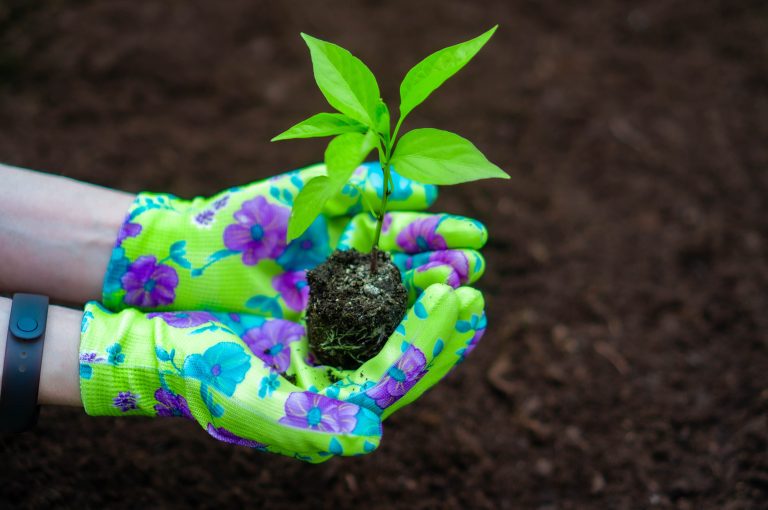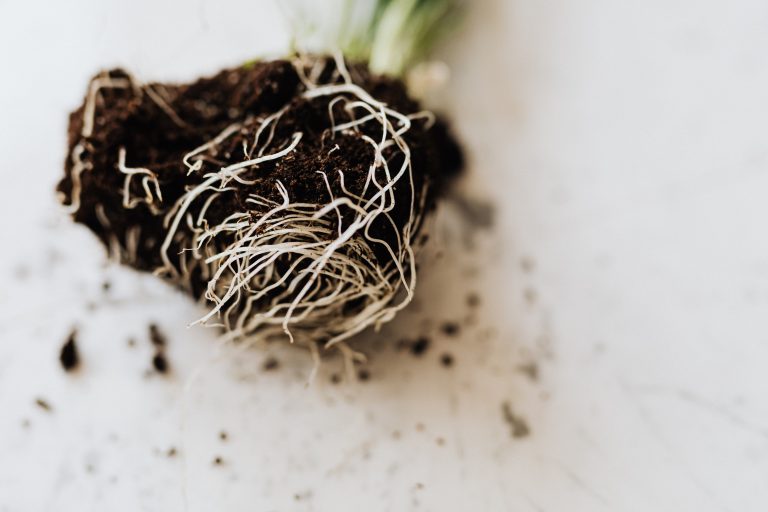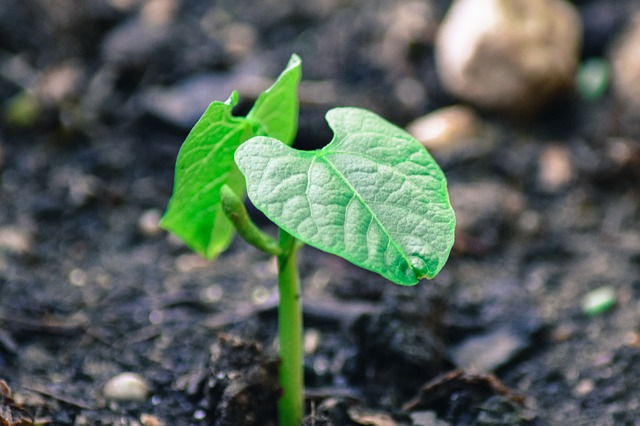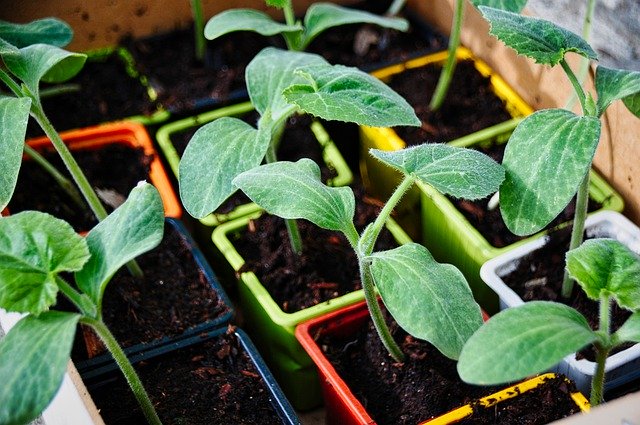Growing plants from seed is a rewarding process, but it takes more than just patience—it requires timing and care at every stage. One of the most critical steps is knowing exactly when to transplant your seedlings into potting soil. Move them too early, and they may not survive the shock; wait too long, and their…
transplanting
4 Advantages of Pruning Plant Roots
You’ve heard of pruning branches, but what about pruning plant roots? Roots aren’t something we think about very often. Mainly because they’re buried under the earth. Out of sight. Out of mind. However, paying attention to your plant’s roots can be an essential part of raising healthy houseplants. Here’s why you might consider pruning…
Troubleshoot the Seed Starting Process
While every other region seems to be experiencing a thaw, it’s still mostly frozen here. My starts are happily enjoying their spots under the indoor lights and this weekend I’ll be starting another batch of plants like kale and Chinese broccoli. I happened upon a sale and purchased two additional plastic shelving units to hang…
Hardening Off Plants Headache-Free
Hardening off plants is one of my least favorite gardening tasks. It requires a lot of care and attention, and it’s really easy to mess it up. I’ve yet to perfect the shuffle that involves bringing trays of seedling outside then back in. There’s always something that goes wrong. So let me help you avoid…



